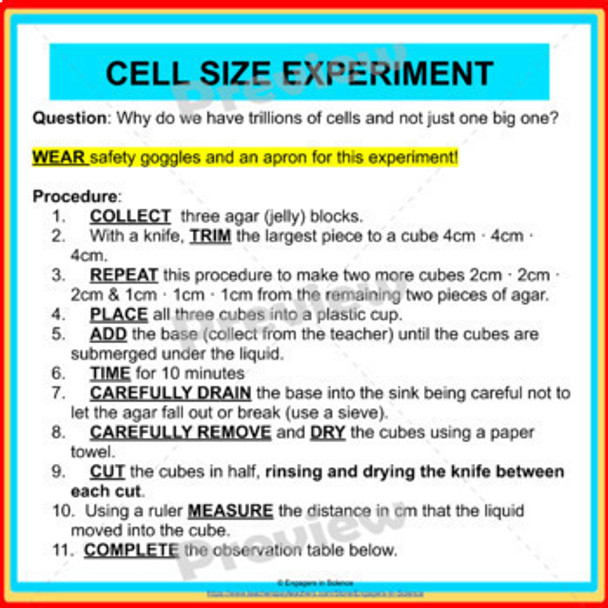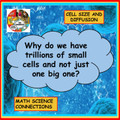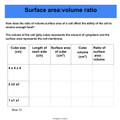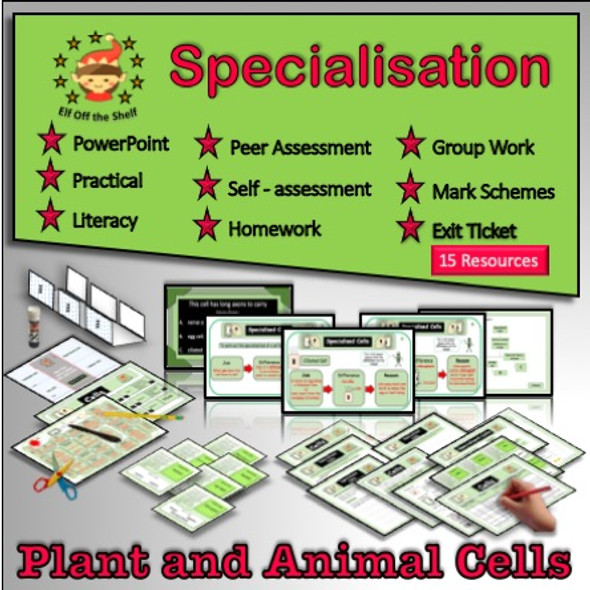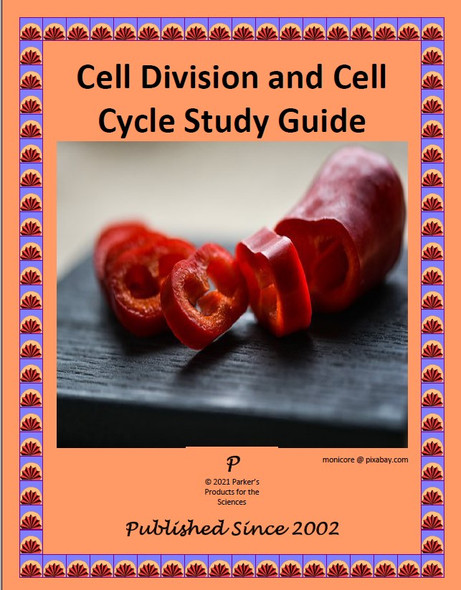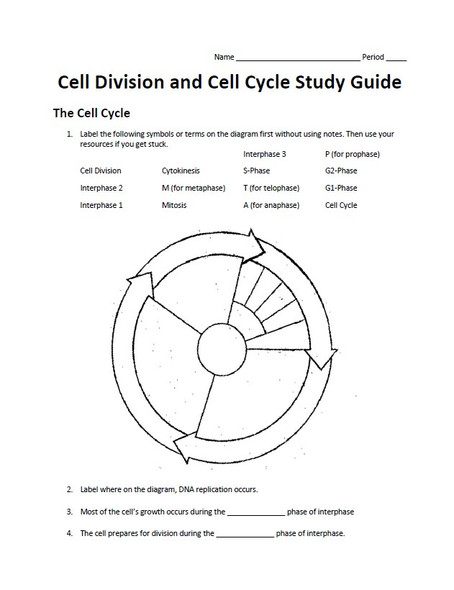Description
This highly engaging activity (Google and PDF versions) using agar cubes (representing cells) explains why we are made up of trillions of cells and not just one big cell. The diffusion of “food” moving into the agar “cells” is observed and measurements recorded. Depending on their math ability, the students will calculate the surface area and volume of the agar “cells'' and they will be able to see why the ratio of surface area to volume is so important in determining the size of cells. However, the investigation can easily be done, and understood, without the ratio calculations.
This activity comes in two parts. The first part is a very simple experiment to demonstrate diffusion. The second part is the agar cube experiment where different sized cubes (representing cells) are put into a solution (representing food). It is easy to see the “food” move into the cells and calculations can then be performed using the data collected.
Before starting this investigation students need a basic knowledge of the structure of the cell with an emphasis on the cell membrane. It is also useful if students have seen cells under the microscope so that they understand that they are very small and that there are many of them.
This investigation integrates math and science. An answer key is given in the detailed teacher notes.
The science and engineering practice “Developing and Using Models” is incorporated in this investigation.
Included in this resource:
Teacher slides (9 slides)
Detailed student instructions for the cell size investigation (3 pages)
Sample answers for the student worksheet.
Detailed teacher notes including all materials needed and possible sources of these materials (6 pages)
Suggested materials needed for students in the classroom:
Food coloring
Agar cell size kit
Email any questions you have with the subject line “Questions on cell size” to us at engagersinscience@gmail.com and we’ll be happy to answer them.



